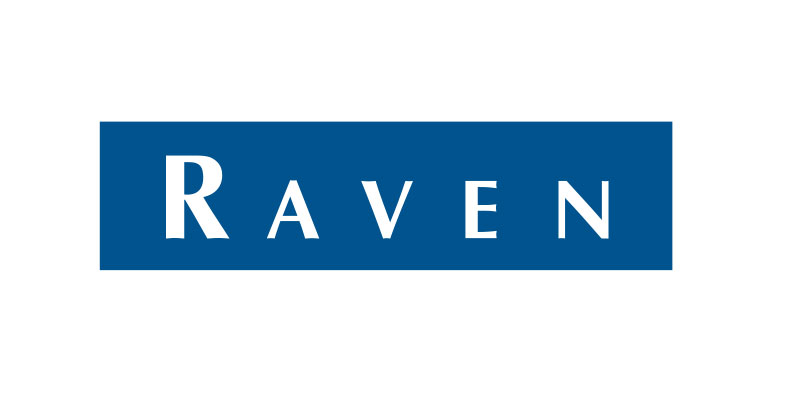Precision Agriculture Platforms Promise to Bring Major Advances in Seed Selection
Plagued by tight profit margins amid climate change, a volatile global trade environment, falling commodity prices, and increases in costs for seed, fertilizer, and chemicals, U.S. farmers face a challenging landscape, with virtually no margin for error. That makes proper seed selection all the more paramount.
Seed selection is one of the most important management decisions growers make on a regular basis. What crop should I plant? What hybrid should I select? In answering these questions, growers need to consider many factors including market prices, yield potential, disease and pest resistance, growing season length, and high-value quality traits, among others.
Quality seed selection is critical to increasing yields, combating pests, and heading off diseases. And while it’s hardly news that seed quality matters – seed physiology dates to the genesis of agriculture in 10,000 BCE – precision agriculture and other transformative ag-tech solutions promise to bring major new advances in selecting the best seeds for specific crops. Harnessing these new technologies, farmers can monitor soil, weather, local diseases, and more – generating the sophisticated insights necessary for farmers to increase yields, lower costs, and feed a growing global population.
The Seeds of a New Agricultural Revolution
As biotech has infused farming and changed the seed production process, seed has been one of the fastest-growing expenses for farmers in recent decades. Corn seed costs alone have surged an estimated 300% since the mid-1990s.
MORE BY OFIR SCHLAM
How Technology Is Transforming the Farming Workforce and Why It Matters During a Global Pandemic
But while the rise of agrochemicals and genetically modified crops have brought substantial benefits for farmers, the current upsurge of digital agriculture may ultimately prove the most significant revolution to transform agriculture, as a recent EY analysis argues. Precision farming solutions are enabling farmers to harness the benefits of technologies like artificial intelligence, the Internet of Things (IoT), and data analytics to create new efficiencies and unleash new value in agriculture.
While the changes ushered in by digital agriculture will affect every stage of the farming value chain, farmers stand to gain especially big when it comes to seed selection.
The use of analytics will be crucial to enabling smarter agriculture, with farmers leveraging data on soil, local diseases and pests, climate, and other environmental factors to optimize yields and seed selection. The global agricultural analytics market is projected to grow in size from $585 million in 2018 to $1.236 billion by 2023, a 111% increase. Soil sensors, aerial drones, GPS-enabled tractors, and more will generate the data upon which analytics solutions will rely, while innovative companies tapping into the power of big data will provide the actionable insights needed to drive better decisions about the marketing, pricing, and purchasing of seeds.
Precision Agriculture Takes Root
Offering farmers on-demand, trustworthy tools to quantify seeds’ benefits, precision agriculture is already proving its worth. As weeds develop resistance to many advanced GMO traits, more farmers are looking to precision ag tools to help save money on seeds and compensate for GMO resistance. Wider adoption of such tools can help farmers withstand the challenges currently facing the agriculture industry.
Even the breeding process itself stands to benefit. Precision agriculture platforms can offer the automated solution and objective assessments needed to drive better phenotyping, track hybrids’ performance, and improve yield and seed quality.
A growing number of companies are already advancing the seed selection process through data-driven analytics. WinField United’s localized solutions are helping farmers select and place the right seeds for their unique environments. The Find My Seed tool from Nutrien’s latest acquisition, Agrible, is the largest independent seed database with 28,000 varieties and hybrids and 430,000 trials, connecting users to a wide range of seed varieties, and enabling farmers to select tailored products. Embracing cutting edge computer vision algorithms, ClimateAI combines seasonal to decadal climate forecasts with resilience strategies to provide farmers with real-time insights to optimize product selection and resource management.
Today, most growers use historical “climatology” to forecast what the upcoming growing season will look like, averaging the last 5, 10, or 30 years of data to predict the upcoming season’s temperature and precipitation. While this approach can capture the Earth’s seasonal climate cycle, it fails to incorporate things such as fluctuating global temperatures. Seasonal climate forecasting could serve as a useful decision support tool in the seed selection process. For example, in warm seasons in the Southeast U.S., rainfed soybeans provide higher net returns per acre than rain-fed maize. In cooler seasons, rainfed maize provides higher net returns than rainfed soybeans. Given this year’s historical rains in the U.S. Midwest, an accurate seasonal climate forecast could have been used to select short-season maize hybrids, rather than their long-season counterparts.
Using precision planting hardware, meanwhile, farmers can plan different seeds according to precise, customized parameters.
As precision agriculture infuses the industry’s business models, the rich data it relies upon will bring greater precision to the pricing and shipping of seeds and other products, while enabling merchants to provide more customized attention to customer needs. Cross-referencing information from yield maps, satellite data, planes, and drones can help the agriculture industry optimize planning and decide the next year’s seed varieties based on years of extensive accumulated data.
Enabling Innovation
Ultimately, the agriculture industry will be best-equipped to enhance its operations and resource management if farmers have access to as much independent, unbiased data as possible. Given the reams of data already available, standardization will be essential to promoting the free flow of reliable, useful information. Ideally, worldwide standards will help guide governments in setting policies for agricultural technologies, data flows, and market access.
By moving toward this more innovative future, agricultural stakeholders will plant the seed of billions of successes.










